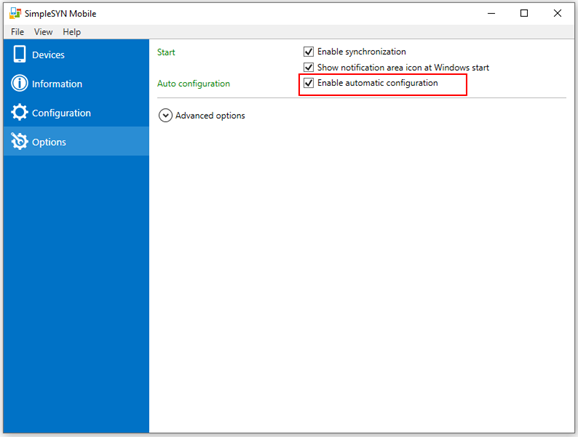
.png)
Although the visions may not be frightening, it can be disturbing to suddenly see strangers in your home or garden. Some people can overcome this problem by having good knowledge of their surroundings.Ĭomplex hallucinations can be unsettling. Streets and rooms may be distorted, and brickwork or fencing may appear directly in front of you, making it difficult to judge exactly where you are and whether you can walk straight ahead. People who see complex hallucinations may find it difficult to get around. Visual hallucinations are a normal response the brain has to the loss of vision.īut as Charles Bonnet syndrome isn't widely known, many people worry about what it means and fear they may be developing a serious mental health problem or dementia. These stored images are experienced as hallucinations. It's thought the brain sometimes responds by filling in the gaps with fantasy patterns or images that it's stored. When a person starts to lose their sight, their brain doesn't receive as much information as it used to. It's not clear how loss of vision leads to hallucinations, but research is beginning to help us better understand the relationship between the eyes and the brain. The main cause of Charles Bonnet syndrome is thought to be vision loss and how the brain reacts to it. The hallucinations often begin when a person's sight suddenly deteriorates. People of any age can be affected by Charles Bonnet hallucinations, but they tend to occur later in life after a person starts to lose their sight.


It's thought there are more than 100,000 cases in the UK. It's more likely to occur if vision loss affects both eyes.Īccording to the Macular Society, up to half of all people with macular degeneration, a gradual loss of central vision, may experience Charles Bonnet hallucinations at some time. Who's affected and why?Ĭharles Bonnet syndrome affects people who have lost most or all of their eyesight. They can sometimes occur out of the blue, and can last for a few minutes or several hours. The hallucinations aren't usually unpleasant or threatening, but may be slightly frightening when first experienced. Most people don't see hallucinations of people they know or past events they have experienced. More complex hallucinations can involve people, places, animals and insects. The patterns may lay across or cover everything the person sees.

Simple repeated patterns can take the form of grids, shapes or lines, which can appear in bright or vivid colours.


 0 kommentar(er)
0 kommentar(er)
